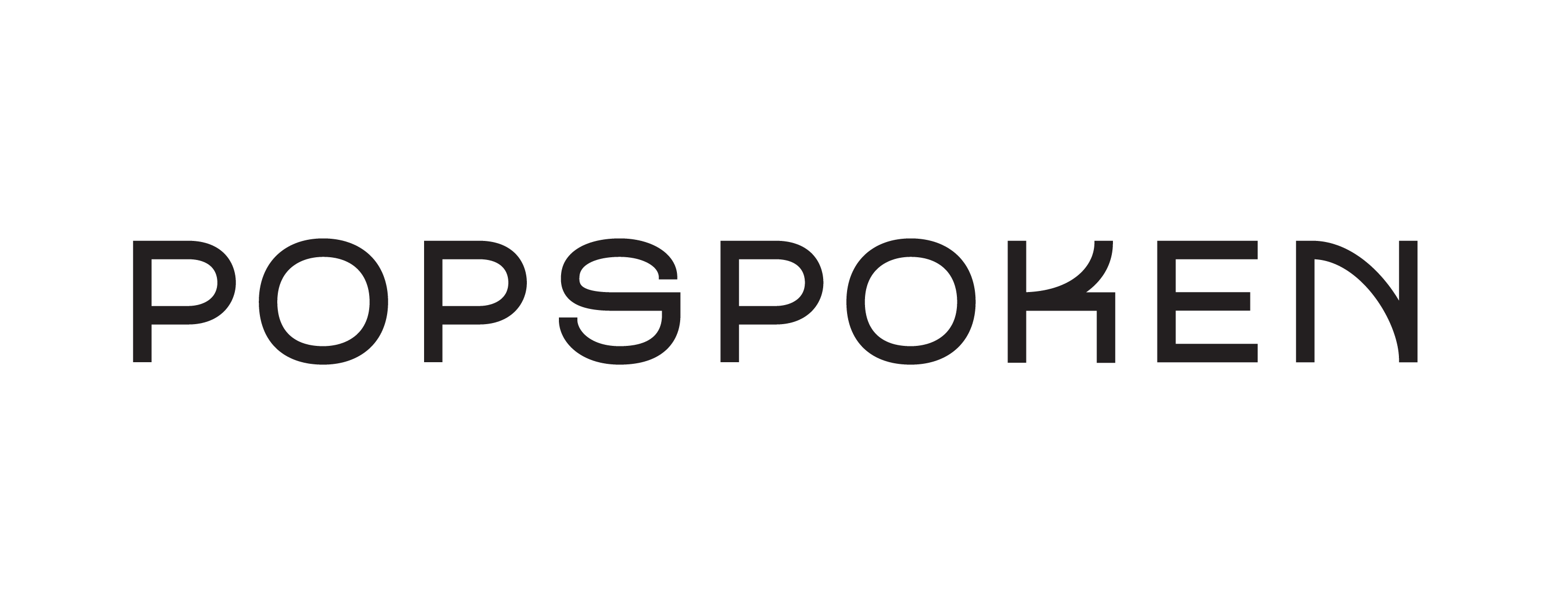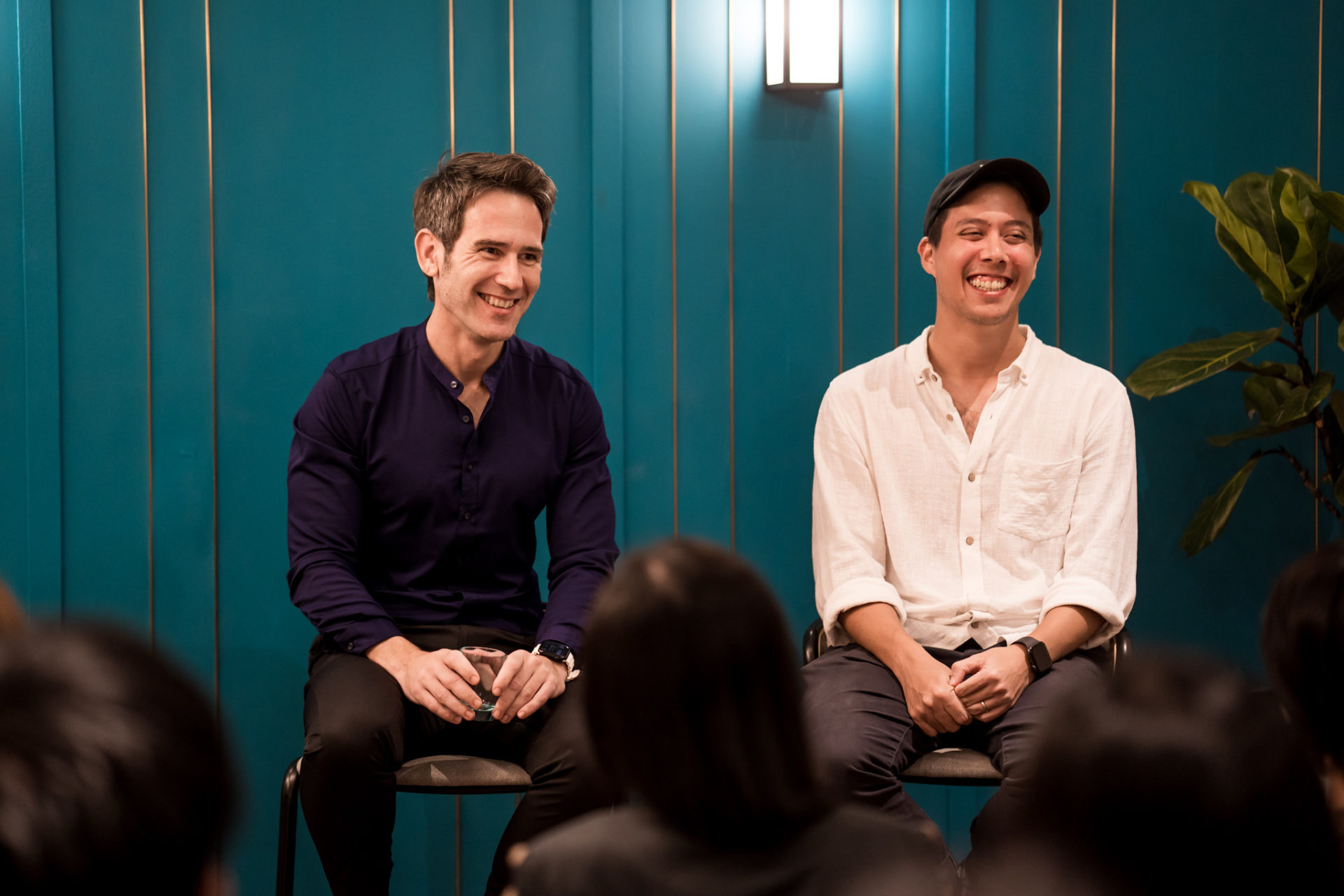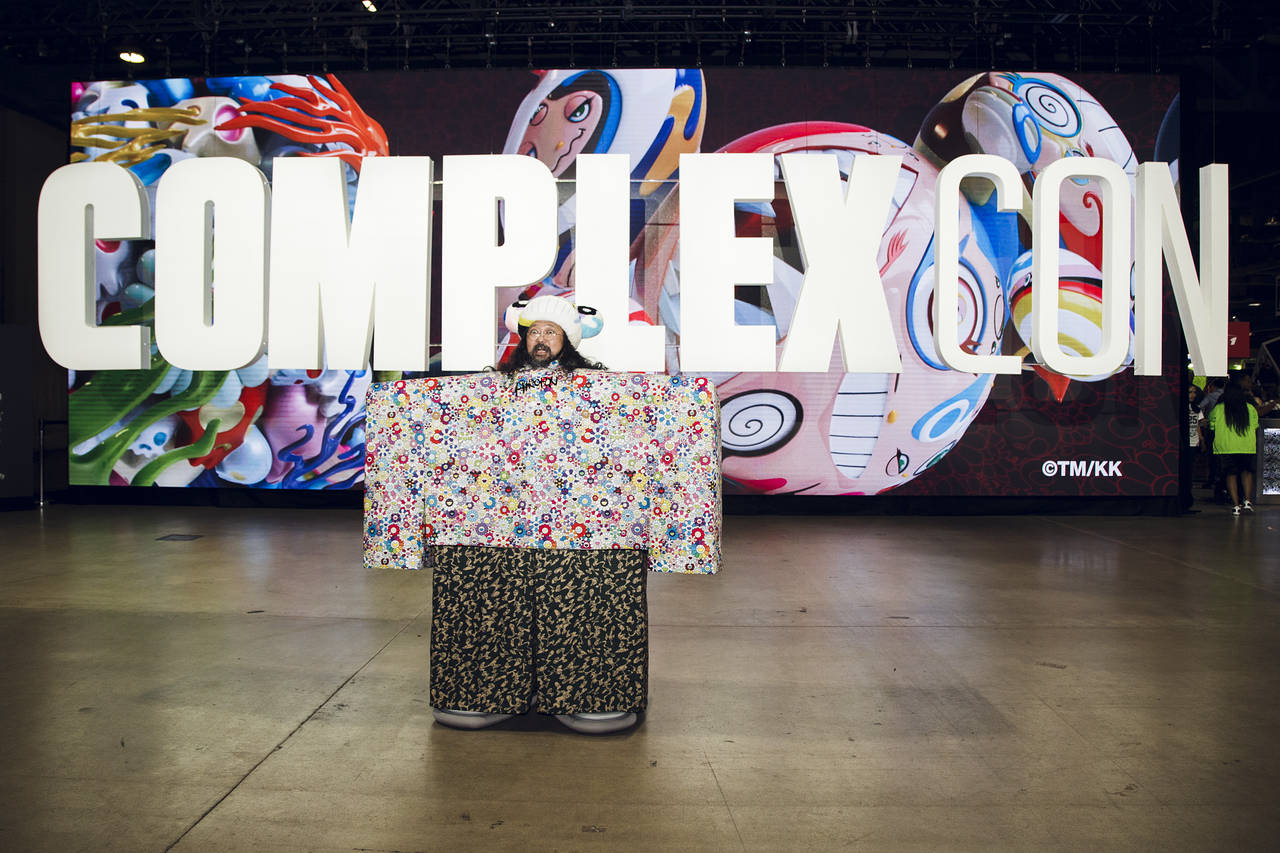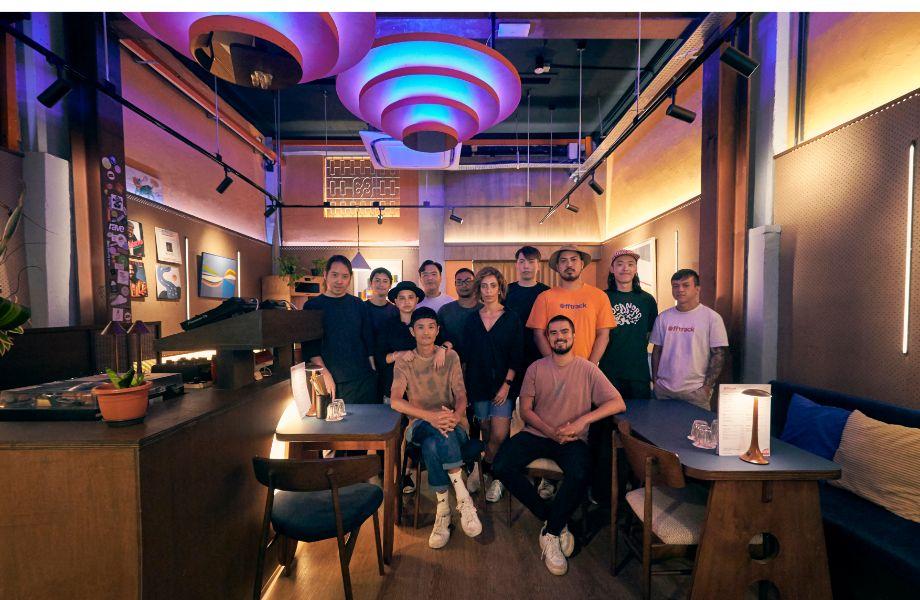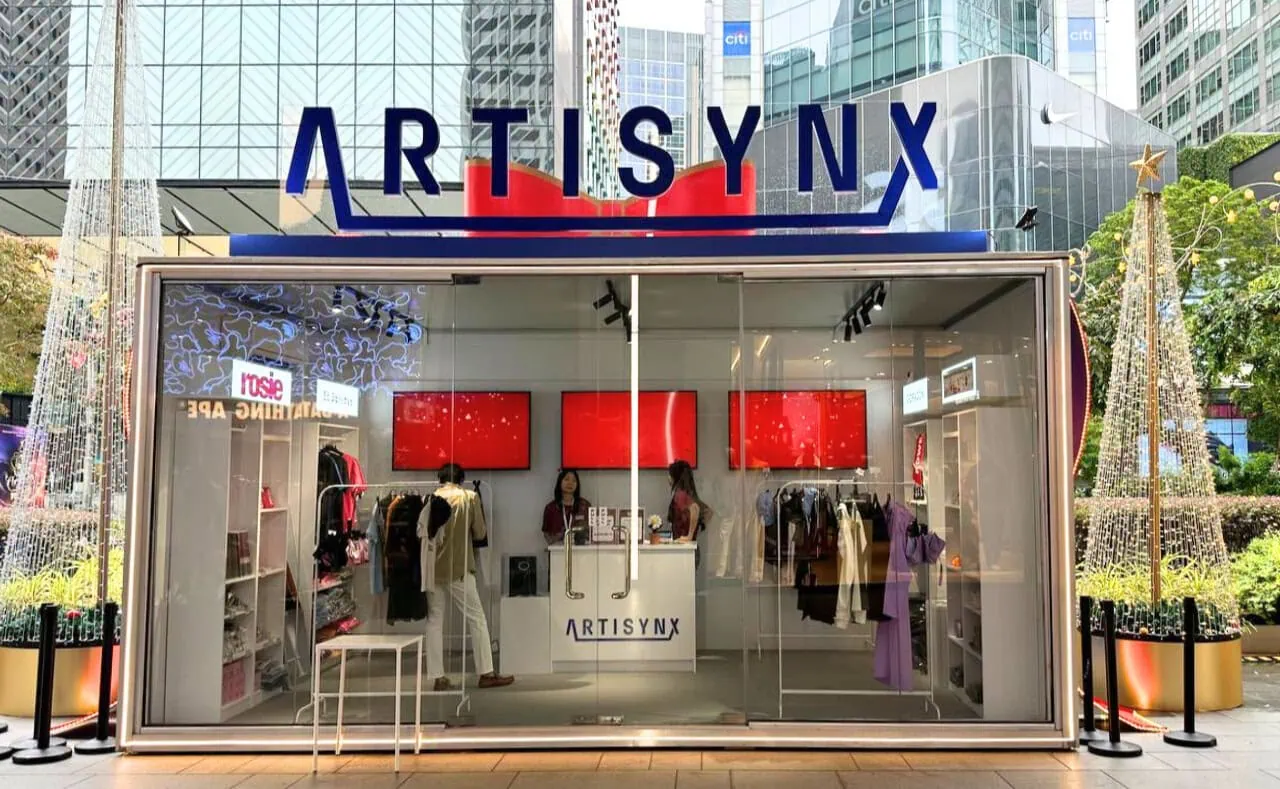After Hours is a third space that intentionally brings together a discerning community of curious and intellectual individuals. Through an ongoing series of engaging talks and events, it is devoted to cultivating a new frequency as a progressive community, existing within the zeitgeist of Singapore, and Asia. The first edition shone a spotlight on hip hop and its communities.
This month, at the second edition of After Hours, Popspoken had the pleasure of hosting Carlos Banon alongside Jean-Francois Thery of French public relations agency Publicis Communications for an evening of edifying conversations surrounding the impact of AI in the workplace and its role in enhancing human creativity. The panel was held at contemporary Thai restaurant Soi Social and raised several intriguing questions among guests, including one that sought to differentiate between generative AI and machine learning models.
There is a sense of ambiguity in employing Artificial Intelligence (AI). On one hand, the widespread growth of cutting-edge technology is undeniable and acknowledging its increased presence in the future of our society is imperative for a better-adjusted generation. Conversely, an essential argument that dates back to the integration of technology in education stands. How do educators ensure that this revolutionary way of life does not hinder critical thinking in students?

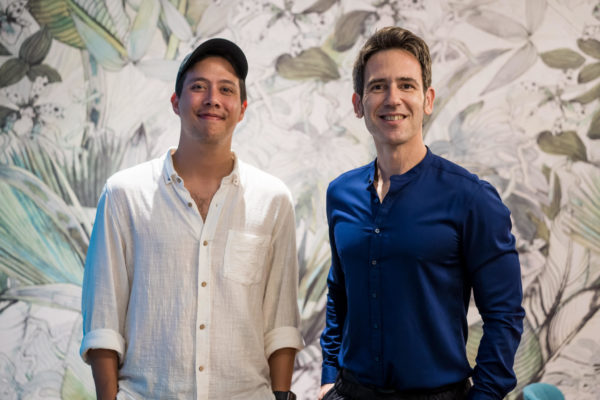

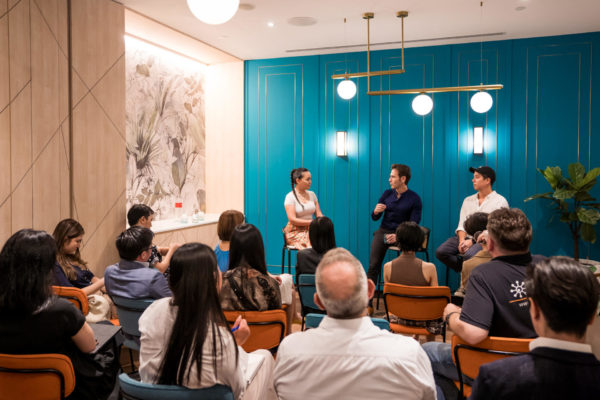

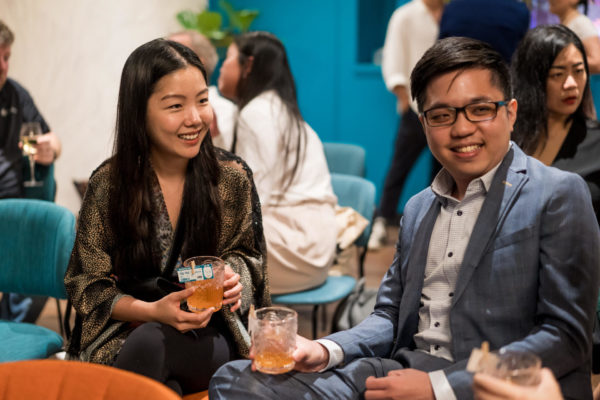
From a superficial point of view, this hot-button issue should be enough for Associate Professor of Architecture and Sustainable Design, Carlos Banon to turn away AI-assisted works submitted by his students at the Singapore University of Technology and Design. Banon, however, stands firm in his faith that the use of such tools should be encouraged.
“I urge my students to use AI in their work but to always question the content generated. The default response to solutions produced by AI tools like ChatGPT should, for the most part, be “no”, essentially treating these tools as teammates to discuss with, rather than to hand the assignment off completely.”
People tend to think of AI as that shiny new toy in the market now, when in fact, there’s a lot more work that goes on behind the scenes in things like production AI. That is where most businesses are focusing their efforts right now.
Jean-Francois Thery, Head of Growth (Publicis Communications)
His perspective stems from a place of deep-seated understanding of AI and its vast capabilities in the real world. Besides serving SUTD as a tenured professor, Banon is also the founder of Subarquitectura, a Spanish architectural practice based on the meld of AI, computational thinking and digital fabrication. He discussed these perspectives with Head of Growth of Publicis Communications, Jean Francois-Thery.

We also had the opportunity to have an in-depth chat with Banon for a more detailed account of the integration of AI into the architectural process in his classrooms and at Subarquitectura.
Popspoken: To start off, could you tell us about Subarquitectura and how it was formed?
Carlos Banon: Subarquitectura is the design firm that I started in Spain when I finished architecture in 2004. It’s based in my hometown, Alicante but we have a branch in Singapore now. We have had many different projects across 20 years, but back when we started, it was still very early for computational design, though that was something I was trying to incorporate into all our past projects. In Subarquitectura Singapore, we are more focused on sustainability, 3D printing and digital manufacturing. I’m currently working on a number of projects that utilise AI in design, from conceptualization to development.
When AI started to be relevant in architecture two years ago, it was considered to be more niche and less obvious in its application but now it has a really strong impact in our discipline. So ever since tools like Midjourney or Stable Diffusion arrived, I switched all my energy to staying ahead of the curve and trying to understand what is possible to do with the new technology and intelligence.

Popspoken: There’s certainly a lot to unpack with AI. But to focus on one aspect that’s now a popular point of discussion, how is the implementation of AI in architecture effective in terms of minimising waste and resource consumption?
Carlos Banon: I was, for instance, working on a project that applied AI algorithms to minimise the material used – it was a table that I designed using a combination of AI and 3D printing. What AI did in that case was to help speed the process along and get us to an appealing design quicker with geometry. That’s not to say that we could not have gotten there without the help of AI, but because of the amount of data that solves complex problems mathematically, it allowed us to work out geometric calculations and input material properties to make more informed decisions. That brings us to another level when we look at machine optimisation or designs in general. AI definitely helps to reduce the energy expended in these areas due to its ability to cover a wider parameter, as compared to purely relying on human intelligence which comes with its limitations.
Popspoken: In your opinion, how do AI tools fare against hand-drawn works?
Based on what I’m experiencing, traditional skillsets will be here to stay for at least another decade. These are the fundamentals of architecture – the connection from our brains to the way that we externalise our thoughts through our hands. AI can be used to elevate these fundamentals by inputting hand sketches into their systems for interpretation and development, before tweaking that design by hand further.
Carlos Banon
Carlos Banon: All in all, it is important that we find ways to establish the conversation with AI, with one of the ways being sketching. Sketching is a great way to communicate our thoughts in a manner that is efficient and intuitive. Images that are generated with AI are, a lot of times, very generic, and sketching by hand brings personality to these designs.
Popspoken: Is a flawless design the peak of architecture?
Carlos Banon: I would say not at all. My perception of using AI is actually a bit of a paradox; it’s to make architecture more human.
Many AI-generated images published on social platforms appear to be very sleek, almost flawless, and full of smooth surfaces with no joints. Take works by architect Zaha Hadid, for example. We are inspired by designs created by Zaha Hadid, but now, many AI designs are inspired by her works instead. To me, generating a design based on a pre-existing style is an underutilisation of the technology that is available to us. I strive to bring a sense of rawness; a sense of imperfection to architecture in order to connect with the cultural roots of a specific area that I am designing for. It is a more humanised approach that emphasises the visibility of human values, rather than prioritising sleek elements. Not everyone agrees, but I trust that using AI the right way can help us achieve that vision.
Popspoken: Art and design are such abstract and subjective concepts; we are often reminded by our teachers and mentors that it is a form of expressing ourselves and that there is no wrong way when it comes to self-expression. As an educator in design, how do you navigate the curriculum and assess works in a way that not only goes over foundational design principles but also inspires creativity among your students?
Carlos Banon: That’s a question I ask myself almost every day. Of course, personally, the foundation is the most important thing, which is why my teaching spans from the very first year to the freshmore curriculum. We start with foundational concepts of how to integrate architecture into nature and 3D modelling techniques, then we move onto architectural design in the following term. So it’s very much swinging from one extreme to the other, from fundamentals to introducing AI.
The first exercise we get our students to take part in is to create paper models – to create structures and landscapes just by folding paper. Then, after AI is introduced, they get to turn that model into a spatial representation of that model to bring on a whole new perspective. It’s quite mind-blowing, especially for Year One students to be able to connect both structural properties and AI so early in the curriculum. I would say that SUTD is on the right path, it is very bold to embrace AI this early, but I believe that is the right thing to do now.
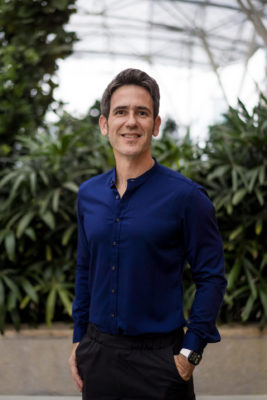
Popspoken: Could you tell us about AirLab and some of its most notable projects?
Carlos Banon: AirLab is a research lab that stands for Architectural Intelligence Research Lab, it’s a term I coined back when AI was not quite mainstream yet. The idea was to develop a certain way of building or thinking in architecture that embraces technology like parametric design, 3D printing, and perceived sustainability. We started with redefining a construction system, which is called a space frame structure – the kind that you can find in bridges and at the Singapore Sports Hub, a very established system that caters to long-span structures. Using that technology, we created ‘AIRMESH’, the first 3D-printed space frame structure in the world made out of stainless steel, and it was displayed at Gardens by the Bay. That’s one that we are most proud of. After five years of tests, we also used an upgraded version of the same technology to design the Singapore Pavilion at last year’s COP28 Climate Change Conference in Dubai, and it was very well received by the people who attended.
We tested many ideas at AirLab, such as the integrity of materials from bamboo to bio-plastics integrated with other types of polymers, upcycled materials, and even waste in the fabrication process.
Popspoken: Are there any particular architectural works in Singapore that inspire you? Could you tell us more about some of them?
Carlos Banon: I think Singapore is such an exciting place. You can be inspired by the buildings, of course, but I think the city itself, as an entity, inspires you to create and push boundaries. We truly take it for granted, the landmarks we have in Singapore are just amazing but we tend to get used to it after seeing them constantly. Singapore is very fortunate to have excellent designers. There is inspiration and sensitivity everywhere; among the shophouses, in the CBD and even when you go to the parks. And then you have Jewel, which is simply breathtaking.
Popspoken: The list of accomplishments and milestones in your career seems almost boundless – between your work at Subarquitectura, being a faculty member at SUTD, helming AirLab, and not to mention, outside of your work, you’ve shared your interests in music, culinary arts and at times, even as a spin instructor. At a glance, these are things that appear to be spaced out across different fields of interest.
Are these elements interrelated and rooted in art or do they complement and balance out certain aspects that are not represented in your professional life?
Carlos Banon: I think they are all somehow related, maybe not on the same level but they are related nonetheless.
There is a strong connection between the work that I produce at AirLab, my classes at SUTD and the AI series that I publish on Instagram. They are all based on testing ideas in the AI realm, which I am then able to fabricate after. Then in my practice at Subarquitectura, these ideas are applied to the real world.
From my perspective, there are different levels based on the varying degrees of control I have: In the lab, I can experiment with wild ideas; in the classroom, I encourage my students to be bold and think outside of the box; and in practice, I get to test the resistance of society and create the impact that clients strive for in the built environment.
That would be on the professional side of things but outside of that, I am a certified indoor cycling instructor at Les Mills, where I need to exercise quite intensely and lead a class of about 30 people with music. The class itself is interesting because the music is set to virtual graphics so it is very synergistic. I try to do as many things as I can because I feel that the amount of things I take on directly affects my motivation to strive for even more.
Follow Popspoken on Instagram for more updates on the next edition of After Hours. Venue partnership was made possible by Resorts World Sentosa.
